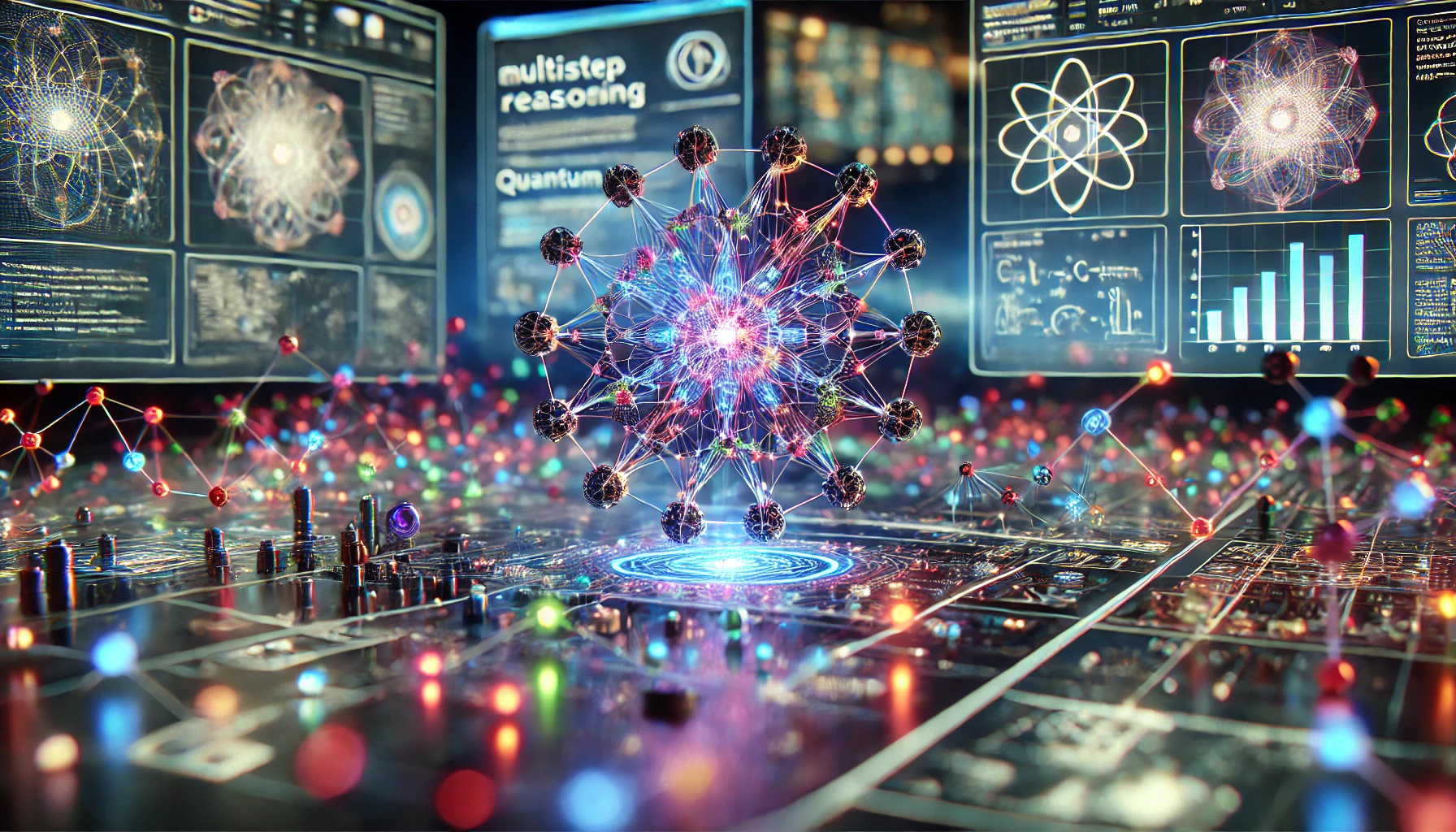With the introduction of OpenAI o1-preview, a new milestone in the development of artificial intelligence (AI) has been reached, which could potentially have far-reaching impacts on the workplace and specialized industries. OpenAI has designed the model to have deeper and more detailed reasoning capabilities than previous versions like GPT-4o. As a result, o1 is particularly suited to solving complex problems in science, technology, and other demanding fields. This article outlines the main innovations of the o1 model, provides concrete application examples, and examines how the model could change everyday work, as well as its potential downsides.
What’s new about the OpenAI o1 Model?
Advanced Reasoning and Analysis Capabilities
One of the central innovations of the o1 model is its ability for multistep reasoning, solving problems that require multiple consecutive thought processes. This capability has been developed through special techniques such as Chain-of-Thought Prompting and Self-Reflection. As a result, the model is able to analyze and evaluate various steps before giving an answer. This clearly distinguishes o1 from earlier models like GPT-4o, which, while powerful, struggle with tasks that require many intermediate steps (OpenAI)(Louis-François Bouchard, aka What’s AI).
Another standout feature is the model’s ability to review its own reasoning processes. This mechanism, known as self-reflection, helps o1 detect errors and correct false assumptions before providing an answer. This significantly reduces hallucinations—false answers that the model “invents”. While GPT-4o had a hallucination rate of 0.61 in benchmarks like SimpleQA, o1’s rate is only 0.44 (Louis-François Bouchard, aka What’s AI).
Improved Safety and Governance
Another important aspect that OpenAI is pursuing with the o1 model is improving the safety and ethical alignment of the model. o1 uses a new security architecture that enables it to better understand security guidelines and adhere to these rules during conversations. In so-called jailbreaking tests, where attempts are made to get the model to provide inappropriate responses, o1 performed significantly better than GPT-4o. While GPT-4o scored 22 points on a scale of 0 to 100, o1 managed to achieve 84 points (OpenAI)(ComputerBase).
Additionally, OpenAI has strengthened internal safety processes and works closely with governments and other institutions to ensure the model is responsibly used in both security-sensitive and ethically complex applications (Artificial Creativity).
Application Examples in Daily Life and Research
Scientific and Technical Applications
OpenAI o1 is particularly useful in scientific and technical fields. The model was developed to solve tasks that are highly complex and require multiple thinking steps. One example is the analysis of genetic sequences, where o1 helps process large amounts of data efficiently and identify patterns that are critical for research. It has also proven useful in quantum physics, a mathematically complex discipline. The model can help generate formulas needed for simulations or analyses (OpenAI Help Center)(Louis-François Bouchard, aka What’s AI).
Furthermore, o1 is better equipped to handle multilingual tasks than earlier models. Tests have shown that the model performs significantly better in languages such as Yoruba and Swahili, which were difficult for previous AI models (Louis-François Bouchard, aka What’s AI).
Everyday Usability and Business Applications
Despite its impressive performance in research and technology, o1’s everyday usability remains somewhat limited. Currently, it lacks some features that are already present in GPT-4o, such as web browsing or file uploads. These features are essential for many users, which is why GPT-4o is likely to remain the better choice for everyday tasks in the near future (OpenAI)(ComputerBase).
Despite these limitations, there are already first use cases in the business environment. For example, the model could be used in automating work processes, where it can efficiently handle multistep tasks such as processing customer data or creating complex reports. o1 has also proven useful in software development, where it can generate and debug complex code structures (Artificial Creativity).
Downsides of the o1 Model
Slower Response Times
Although the o1 model is significantly more advanced in its reasoning capabilities than GPT-4o, there are some practical challenges. One of the biggest limitations of the model is its slower response time. Since o1 goes through multiple thinking processes with each request, it can be perceived as too slow for tasks that require quick answers. This is particularly problematic in everyday applications, where speed is more important than the depth of analysis (Louis-François Bouchard, aka What’s AI).
Usage Restrictions and Costs
Another issue is the weekly usage restrictions. Users of the o1-preview version can currently only send 30 messages per week, while o1-mini is limited to 50 messages per week. These limits significantly restrict the model’s use, especially in business environments (OpenAI Help Center).
Additionally, the costs associated with using the model could be a problem, particularly for larger companies or developers who need to process many requests. However, with the introduction of o1-mini, OpenAI has brought a more cost-effective version of the model to the market, which could be a viable alternative for certain use cases (OpenAI)(ComputerBase).
Limited Features
Compared to GPT-4o, the o1 model still lacks some essential features that are important for many users. These include file uploads, web search, and the use of custom instructions. For applications that require these features, GPT-4o remains the better choice (ComputerBase)(Artificial Creativity).
OpenAI o1-preview represents an important step in the development of more powerful AI models that are capable of solving complex problems. Particularly in scientific and technical applications, the model offers great potential and can handle tasks that were challenging for previous models. Despite these advances, there are still practical limitations that hinder o1’s use in everyday life. For many general use cases, GPT-4o remains the best choice, while o1 shines in specialized fields. Over time and with further updates, the model could become an indispensable resource for solving demanding tasks.

